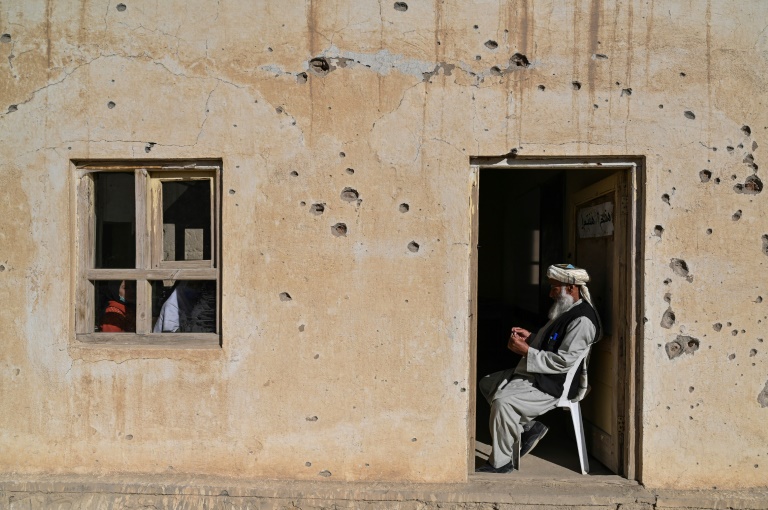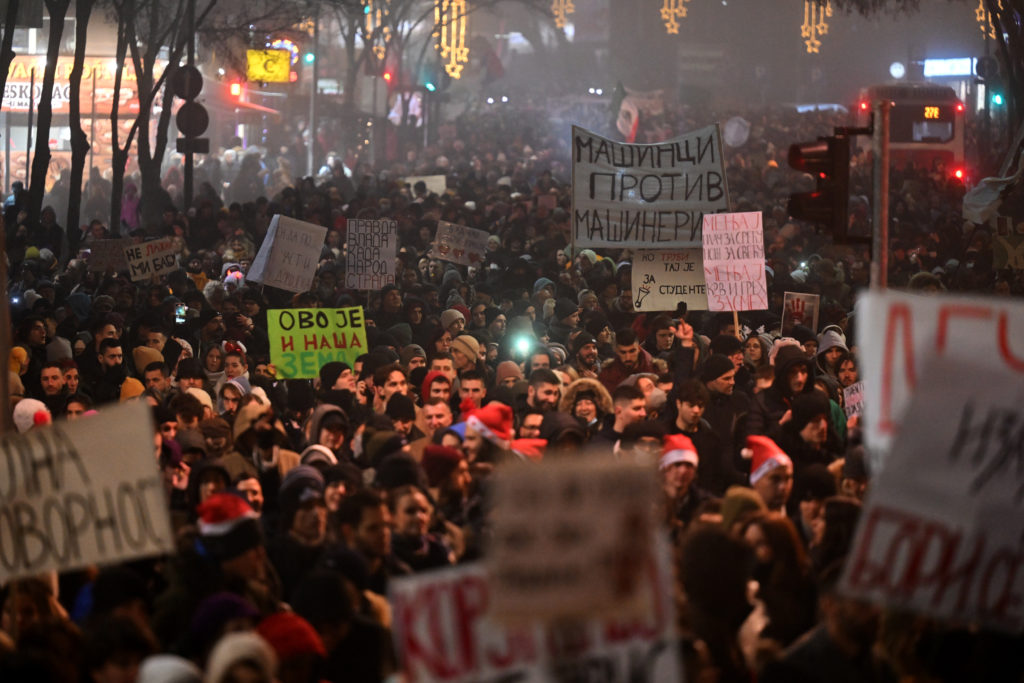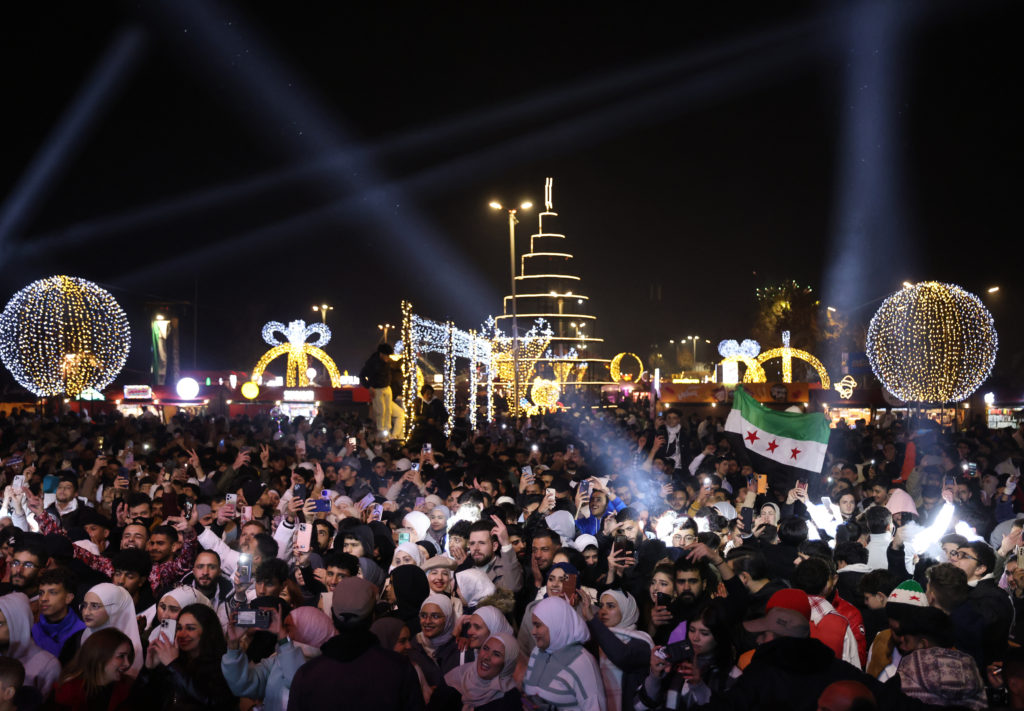In the ruins of an Afghan village destroyed by years of war, a deepening economic crisis has left Javid with little hope of rebuilding his home.
For years, the strategically located Arzo, which lies along a main road entering the central city of Ghazni, was a battlefield.
Taliban insurgents fought government forces at five military outposts in and around the tiny village, often using civilian houses as staging posts.
“There was firing day and night and our house was in the middle,” the 31-year-old Javid tells AFP.
He points to the tunnel the Taliban dug inside his ruined home this year to attack one of the army posts.
Javid and his family are still sheltering with relatives in another village until they can find enough money to rebuild their home.
He has nothing left, having already borrowed 160,000 Afghanis ($1,680) to revive his small shop.
“We need help from NGOs and the government, or my family can’t come back,” Javid says.
After more than a year of relentless fighting, the last inhabitants fled Arzo in June.
Two months later, Afghanistan fell to the Taliban and an economic crisis ensued with the international community largely freezing funding to the aid-dependent nation.
On top of that hardship, a devastating drought has sparked warnings of serious food shortages and a humanitarian disaster.
– Unexploded bombs –
Rural areas such as Arzo bore the brunt of the two-decade conflict that saw Taliban insurgents face US, NATO and Afghan forces, with civilian casualties inflicted by both sides.
Families are slowly returning to the rubble of Arzo to try and rebuild.
Arzo villager Lailuma, 55, lost her daughter in the crossfire between Afghan forces and the insurgents.
Her husband survived a bullet to the head, but can no longer work.
The first time her house collapsed in the fighting, she rebuilt it. This time, she has no money.
Rafiullah, 65, a teacher at the local girls’ school, lost his daughter, killed by a stray bullet.
She died two weeks before her wedding.
The school has resumed classes, and Rafiullah tries to rejoice at being reunited with his students, but still he mourns the loss of his child.
The blue gate of the school is riddled with dozens of bullet holes, the windows are broken, and the walls are scarred by artillery fire.
Between the spring of 2020 and the capture of the village, 40 civilians were killed.
To avoid more deaths, villagers collect unexploded ordnance and hide it in a vacant lot.
“We do it to protect the children,” says village elder Abdul Bari Arzoi.
– No other way to survive –
About 100 of the 800 families who lived in the mud houses at the centre of Arzo have not returned, says Arzoi.
The villagers also fear that mines remain buried in the fields on which they once depended, despite a recent effort by the Taliban to clear them.
Many men who tilled the fields have left to find work elsewhere. Livestock has also been lost.
“We cannot cultivate (crops) anymore or use our cattle, they are gone now — no one remained to take care of them and they had no water,” says Naqib Ahmad.
With no reserves for the winter, some try to find day labour in the nearby construction sites of Ghazni, or in Pakistan and Iran.
But many cling only to the hope of government support or international aid.
“We don’t have any other way to survive,” says Ahmad. “Many families have debts and they cannot repay them.”











